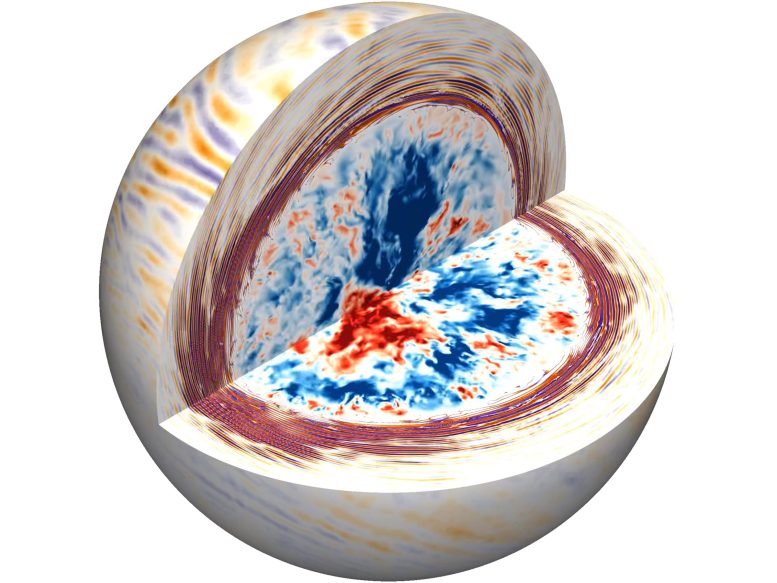
Northwestern University scientists have developed the first 3D simulations to study the energy rippling from a massive star’s core to its outer surface, providing new insights into stars’ inherent ‘twinkle’. The team also converted these waves into sound, enabling listeners to ‘hear’ the inside of a star and its natural twinkle. Credit: E.H. Anders et al./Nature Astronomy 2023
New study is the first to determine how much stars should innately twinkle.
Many people know that stars appear to twinkle because our atmosphere bends starlight as it travels to Earth. But stars also have an innate “twinkle” — caused by rippling waves of gas on their surfaces — that is imperceptible to current Earth-bound telescopes.
A New Wave of Understanding
In a new study, a Northwestern University-led team of researchers developed the first 3D simulations of energy rippling from a massive star’s core to its outer surface. Using these new models, the researchers determined, for the first time, how much stars should innately twinkle.
And, in yet another first, the team also converted these rippling waves of gas into sound waves, enabling listeners to hear both what the insides of stars and the “twinkling” should sound like. And it is eerily fascinating.
The study was published in the journal Nature Astronomy.
“Motions in the cores of stars launch waves like those on the ocean,” said Northwestern’s Evan Anders, who led the study. “When the waves arrive at the star’s surface, they make it twinkle in a way that astronomers may be able to observe. For the first time, we have developed computer models that allow us to determine how much a star should twinkle as a result of these waves. This work allows future space telescopes to probe the central regions where stars forge the elements we depend upon to live and breathe.”
Anders is a postdoctoral fellow in Northwestern’s Center for Interdisciplinary Exploration and Research in Astrophysics (CIERA). He is advised by study coauthor Daniel Lecoanet, an assistant professor of engineering sciences and applied mathematics in Northwestern’s McCormick School of Engineering and member of CIERA.
A 3D simulation of how turbulent convection in the core of a large star (center) can generate waves that ripple outward and power resonant vibrations near the star’s surface. By studying changes in the star’s brightness caused by the vibrations, scientists could one day better understand the processes deep in the hearts of large stars. Credit: E.H. Anders et al./Nature Astronomy 2023
Churning Chaos: Star Convection
All stars have a convection zone, a volatile and chaotic region where gases churn to push heat outward. For massive stars (stars at least about 1.2 times the mass of our sun), this convection zone resides at their cores.
“Convection within stars is similar to the process that fuels thunderstorms,” Anders said. “Cooled air drops, warms and rises again. It’s a turbulent process that transports heat.”
Unveiling Hidden Convective Cores
It also makes waves — small rivulets that cause starlight to dim and brighten, producing a subtle twinkle. Because the cores of massive stars are shrouded from view, Anders and his team sought to model their hidden convection. Building upon studies that examined properties of turbulent core convection, characteristics of waves, and possible observational features of those waves, the team’s new simulations include all relevant physics to accurately predict how a star’s brightness changes depending upon convection-generated waves.
‘Soundproofing’ Stars
After convection generates waves, those waves bounce around inside of the simulated star. While some waves eventually emerge to the star’s surface to produce a twinkling effect, other waves become trapped and continue to bounce around. To isolate the waves that launch to the surface and create twinkling, Anders and his team built a filter that describes how waves bounce around inside of the simulations.
“We first put a damping layer around the star — like the padded walls you would have in a recording studio — so we could measure exactly how the core convection makes waves,” Anders explained.
Anders compares it to a music studio, which leverages soundproof padded walls to minimize the acoustics of an environment so musicians can extract the “pure sound” of the music. Musicians then apply filters and engineer those recordings to produce the song how they want.
Visualization of “Jupiter” by Gustav Holst played through three sizes of massive stars. Credit: Northwestern University
Similarly, Anders and his collaborators applied their filter to the pure waves they measured coming out of the convective core. They then followed waves bouncing around in a model star, ultimately finding that their filter accurately described how the star changed the waves coming from the core. The researchers then developed a different filter for how waves should bounce around inside of a real star. With this filter applied, the resulting simulation shows how astronomers expect waves to appear if viewed through a powerful telescope.
“Stars get a little brighter or a little dimmer depending on various things happening dynamically inside the star,” Anders said. “The twinkling that these waves cause is extremely subtle, and our eyes are not sensitive enough to see it. But powerful future telescopes may be able to detect it.”
Creating Music in Stars
Taking the recording studio analogy one step further, Anders and his collaborators next used their simulations to generate sound. Because these waves are outside the range of human hearing, the researchers uniformly increased the frequencies of the waves to make them audible.
Depending on how large or bright a massive star is, the convection produces waves corresponding to different sounds. Waves emerging from the core of a large star, for example, make sounds like a warped ray gun, blasting through an alien landscape. But the star alters these sounds as the waves reach the star’s surface. For a large star, the ray gun-like pulses shift into a low echo reverberating through an empty room. Waves at the surface of a medium-sized star, on the other hand, conjure images of a persistent hum through a windswept terrain. And surface waves on a small star sound like a plaintive alert from a weather siren.
Visualization of “Twinkle, Twinkle, Little Star” played through three sizes of massive stars. Credit: Northwestern University
Next, Anders and his team passed songs through different stars to listen to how the stars change the songs. They passed a short audio clip from “Jupiter” (a movement from “The Planets” orchestral suite by composer Gustav Holst) and from “Twinkle, Twinkle, Little Star” through three sizes (large, medium, and small) of massive stars. When propagated through stars, all songs sound distant and haunting — like something from “Alice in Wonderland.”
“We were curious how a song would sound if heard as propagated through a star,” Anders said. “The stars change the music and, correspondingly, change how the waves would look if we saw them as twinkling on the star’s surface.”
For more on this study, see Simulations of Stellar Convection Reveal What Makes Giant Stars Twinkle.
Reference: “The photometric variability of massive stars due to gravity waves excited by core convection” by Evan H. Anders, Daniel Lecoanet, Matteo Cantiello, Keaton J. Burns, Benjamin A. Hyatt, Emma Kaufman, Richard H. D. Townsend, Benjamin P. Brown, Geoffrey M. Vasil, Jeffrey S. Oishi and Adam S. Jermyn, 27 July 2023, Nature Astronomy.
DOI: 10.1038/s41550-023-02040-7
The study was supported by CIERA, NASA, and the National Science Foundation.

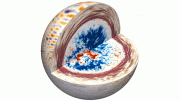


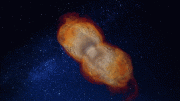
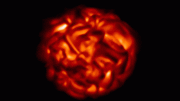
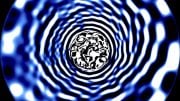
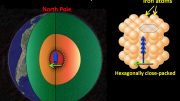

Be the first to comment on "Stellar Concert: Astronomers Tune In to the Sounds of Twinkling Stars"